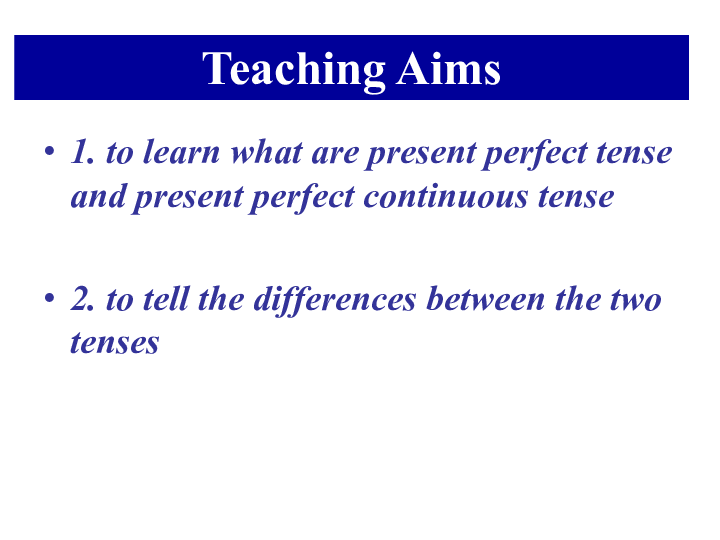Understanding Subsidized and Unsubsidized Loan Interest Rates: A Comprehensive Guide for Students
#### Subsidized and Unsubsidized Loan Interest RatesWhen it comes to financing your education, understanding the differences between subsidized and unsubsid……
#### Subsidized and Unsubsidized Loan Interest Rates
When it comes to financing your education, understanding the differences between subsidized and unsubsidized loan interest rates is crucial. These two types of federal student loans can significantly impact your financial future, especially as you navigate through college and beyond. In this guide, we will delve into what subsidized and unsubsidized loans are, how their interest rates work, and what you need to consider when choosing between them.
#### What Are Subsidized Loans?
Subsidized loans are federal student loans awarded based on financial need. The key feature of subsidized loans is that the government pays the interest while you are in school at least half-time, during the grace period, and during any deferment periods. This means that the amount you borrow does not increase due to interest accumulation while you are not required to make payments.
#### What Are Unsubsidized Loans?

On the other hand, unsubsidized loans are not based on financial need. All students, regardless of their financial situation, can apply for these loans. Unlike subsidized loans, interest begins to accrue immediately upon disbursement. This means that if you do not pay the interest while in school, it will be added to your principal balance, increasing the total amount you owe when you graduate.
#### Interest Rates Comparison
The interest rates for subsidized and unsubsidized loans are set by the federal government and can vary each academic year. Typically, the rates for both types of loans are the same for a given year, but the way the interest accumulates differs significantly. For the current academic year, it's essential to check the official Federal Student Aid website for the most accurate and up-to-date interest rates.
For example, if the subsidized loan has an interest rate of 4.5%, you won’t pay interest on that amount while you’re in school. Conversely, if you take out an unsubsidized loan at the same rate, interest will begin accruing immediately, which can lead to a much higher total repayment amount over time.

#### Choosing Between Subsidized and Unsubsidized Loans
When deciding between subsidized and unsubsidized loans, consider your financial situation and future earning potential. If you qualify for subsidized loans, it’s generally advisable to take these first due to the government covering the interest while you are in school. However, if you need additional funds beyond what subsidized loans can cover, you may have to resort to unsubsidized loans.
#### Repayment Options
Both subsidized and unsubsidized loans offer various repayment plans, including standard, graduated, and income-driven repayment options. Understanding these options is critical in managing your debt effectively after graduation. With subsidized loans, your repayment may start lower due to the absence of interest accumulation during school, while with unsubsidized loans, your payments might be higher initially due to accrued interest.

#### Conclusion
In summary, understanding subsidized and unsubsidized loan interest rates is essential for making informed financial decisions regarding your education. By knowing the differences between these two types of loans, you can better prepare for your financial future and potentially save thousands in interest payments. Always consider your financial needs, repayment options, and the long-term implications of your borrowing decisions. Taking the time to research and understand these loans can lead to a more manageable and successful financial journey through college and beyond.